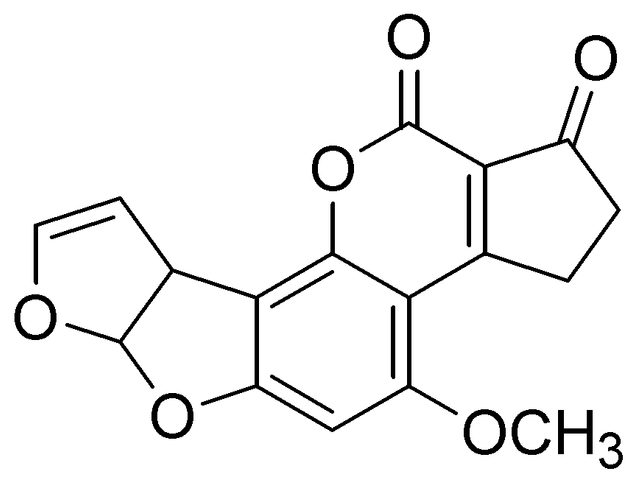The food most frequently contaminated by aflatoxins, both during cultivation and during harvest and storage, are cereals, soybeans, legumes, cotton, some types of almonds and peanuts; often these substances do not give a visual trace of their presence, however probable when the food appear patently moldy. The presence in a food of Aspergillus flavus, however, is not necessarily synonymous with aflatoxin contamination; these are in fact produced only if the conditions of humidity and temperature are favorable.

Such assumptions are recorded, for example, in the fields where the humidity and heat of the summer period facilitate the contamination of maize, and especially in tropical and subtropical areas, where instead the dry climate favors the contamination of crops. In general, the production of aflatoxins in the field is favored by the stress conditions to which the plant is subjected, such as high temperatures and humidity, water scarcity, insufficient phytosanitary defense (especially in the case of corn borer) and inadequate fertilization, while it is hampered by "plant welfare". On the other hand, in a food that is immune to the presence of Aspergillus flavus, however, there may be mycotoxins, since these substances are particularly resistant to treatments, including pasteurization and sterilization, which can only partially inactivate them.
Among the many characteristics of aflatoxins there is the ability to transmit through the food chain; in practice, if an animal is fed with contaminated cereal-based feeds, the aflatoxins accumulate in its meat and pass it on to humans through the consumption of steaks or other parts of the animal (especially the liver); fortunately, however, these are limited quantities, practically negligible. More worrying is the fact that the aflatoxins are secreted, proportionately reduced but still potentially dangerous (such as aflatoxins M1 and M2, deriving from B1 and B2), in cows' milk fed with contaminated feed; these aflatoxins can therefore be transmitted to humans through both milk consumption and consumption of its derivatives (yoghurt and cheese). Obviously controls are rigorous, especially for milks destined for newborns, where tolerance limits are extremely low.
